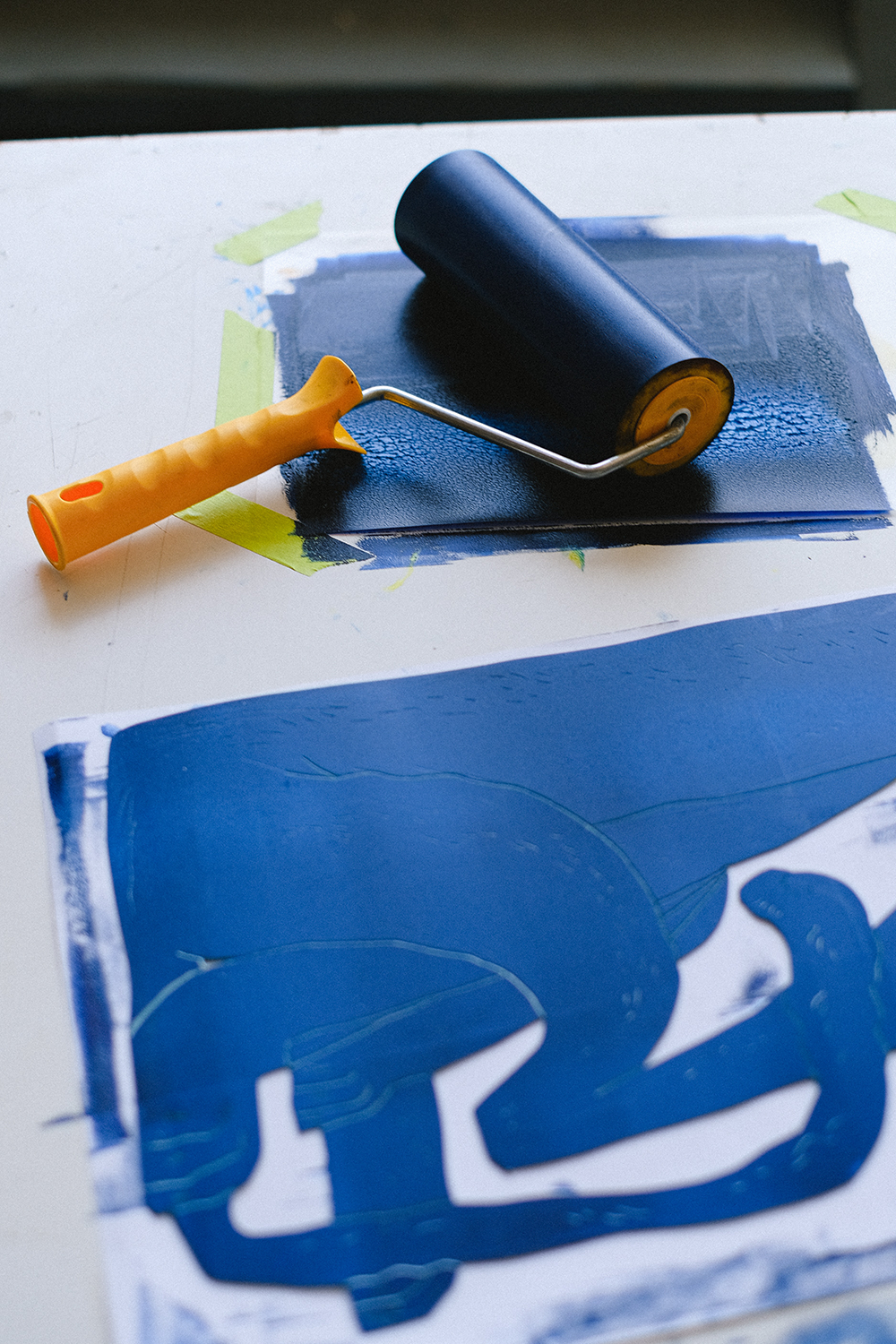Eager to explore a new medium or technique in your creative journey?
Looking to add some texture and dimension to your prints?
Then check out the beautiful art forms of woodcut and linocut!
Both techniques fall under the umbrella of relief printing, but many people may not know how similar they actually are.
From their materials to their processes, there are plenty of interesting parallels between these two captivating styles.
Whether you're a seasoned pro or just starting out in printmaking, join us as we dive into the world of woodcut and linocut and discover what makes them so unique yet so alike!
Get ready to be inspired by all the possibilities that await with this dynamic duo and delve into the captivating world of relief printing!
Key Takeaways:
- Both woodcut and linocut are forms of relief printing, where the non-image areas are carved away from a block, leaving the image areas raised.
- The techniques for creating woodcut and linocut prints are remarkably similar, involving carving, inking, and transferring the image onto paper.
- Despite the different materials used, woodcut and linocut share a rich history in art, with many artists choosing one over the other based on personal preference and the desired outcome.
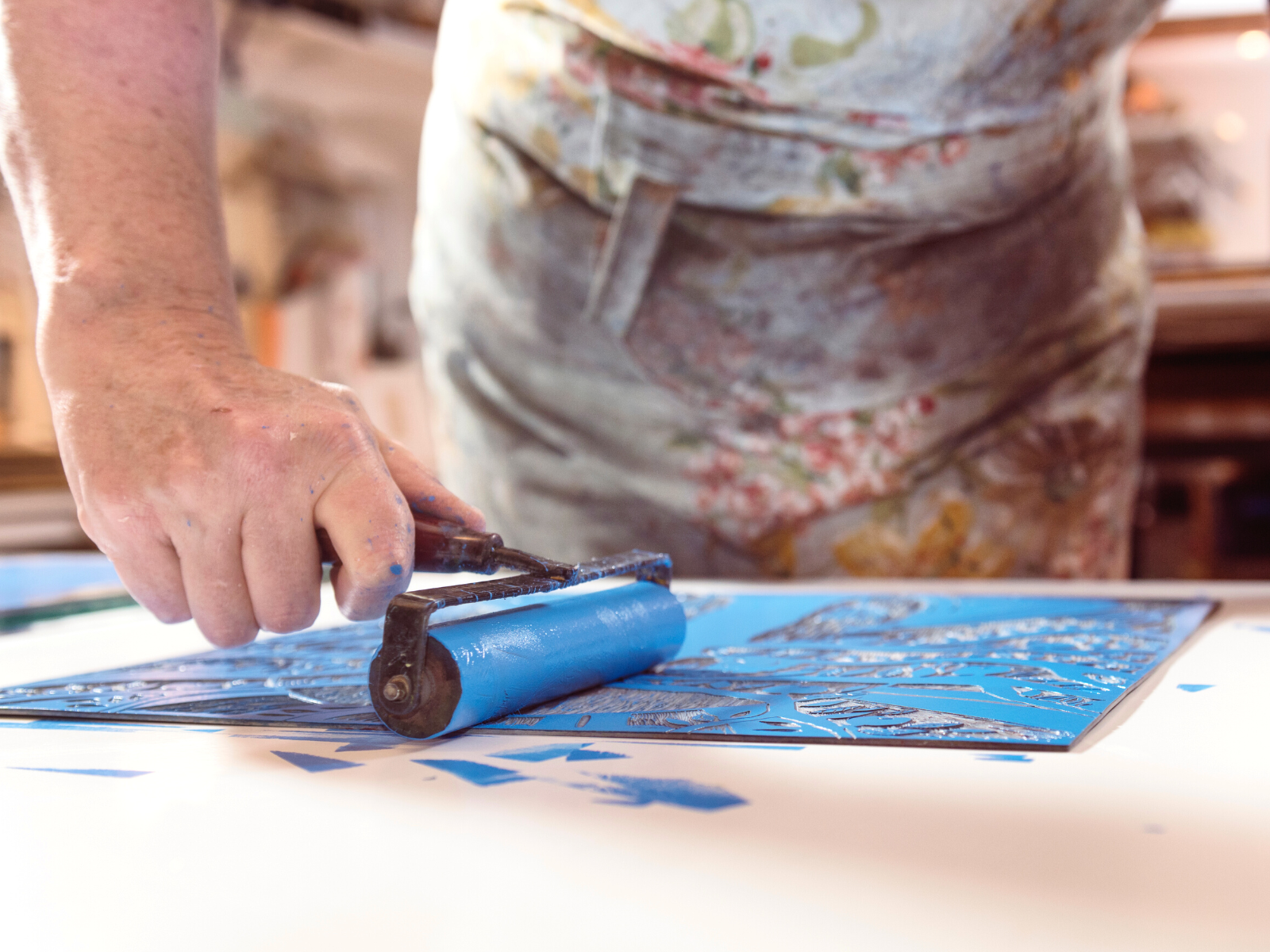
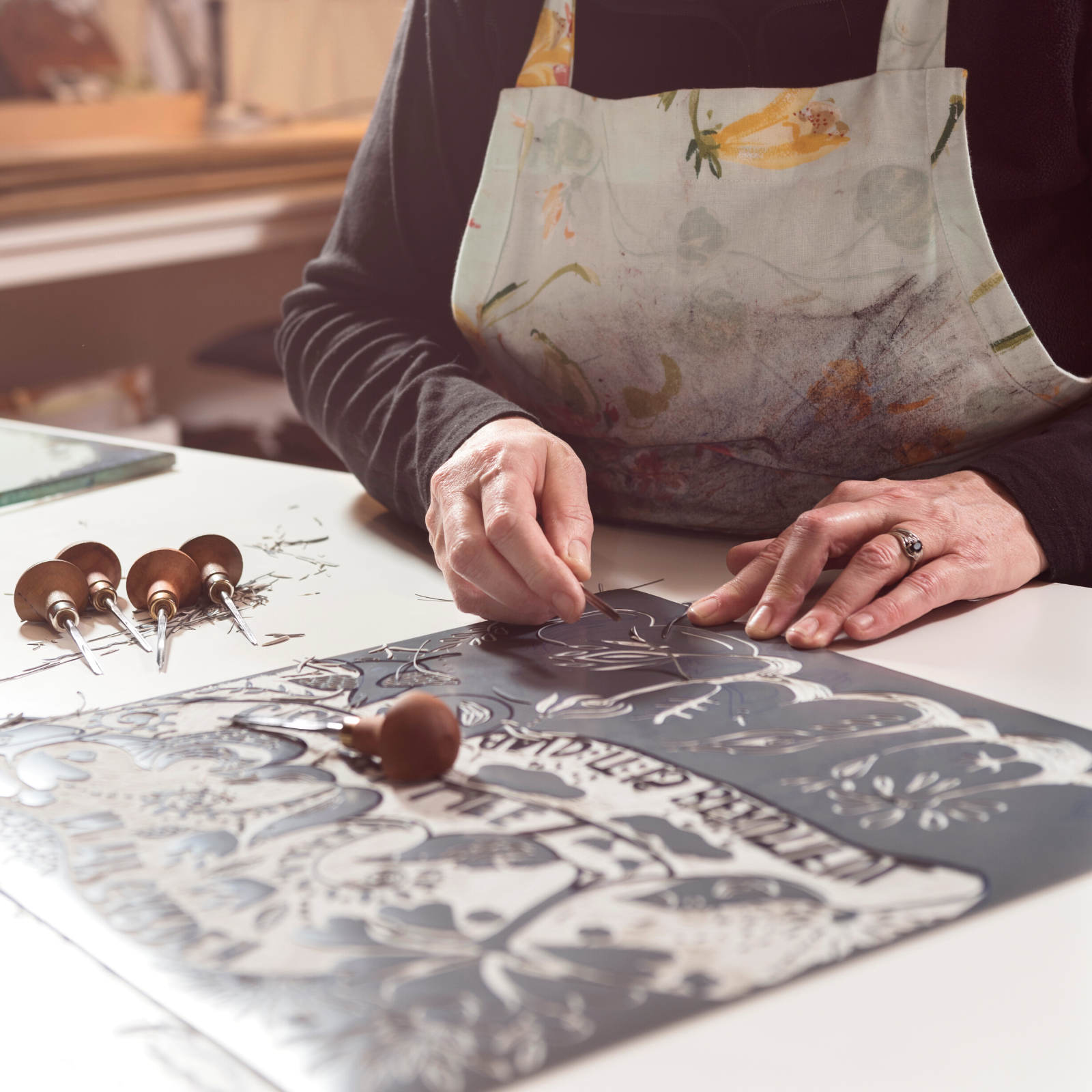
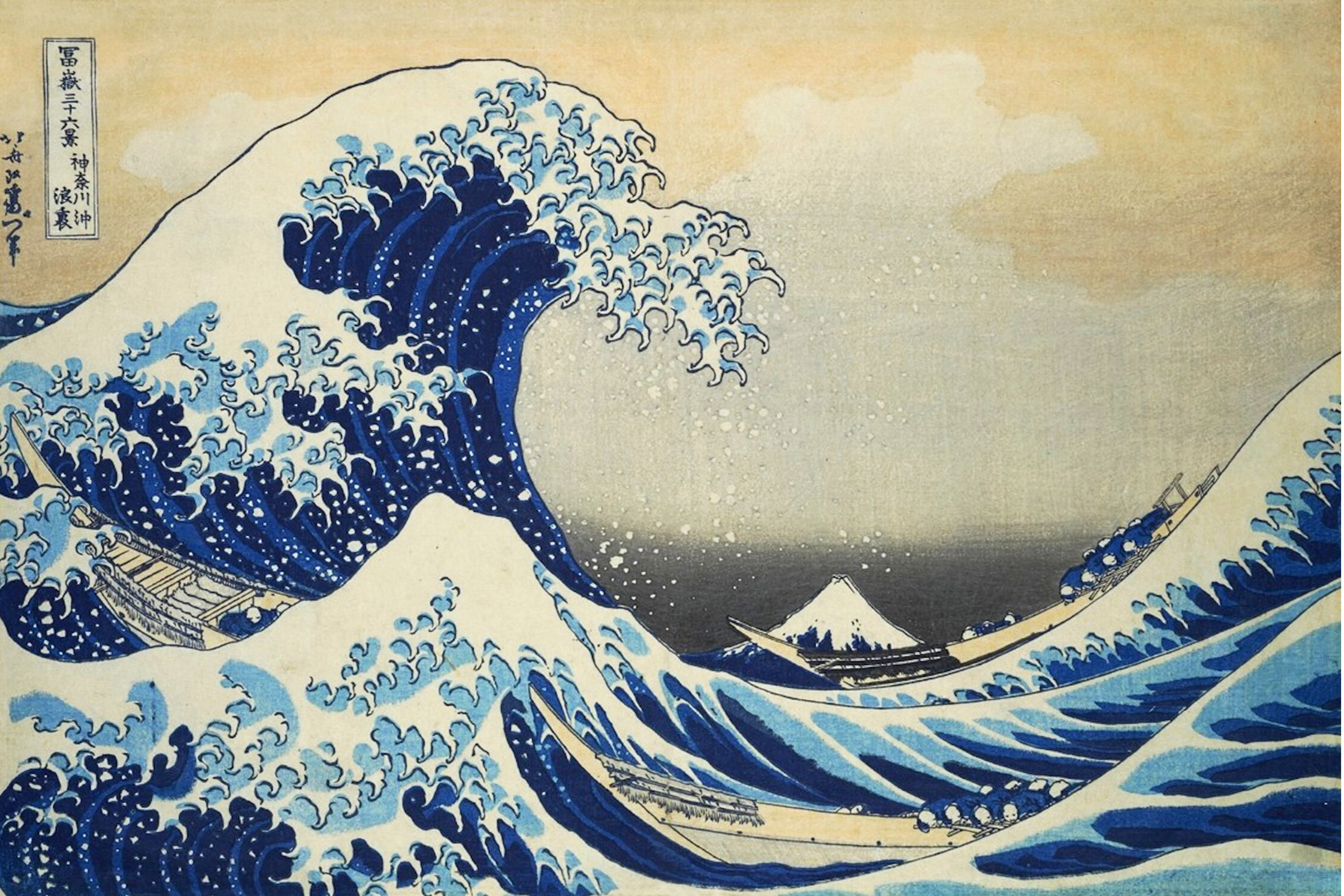
The Basics of Relief Printing
Relief printing is a process where an artist carves into a material, creating a mirrored image that will be transferred onto paper.
It's an art form with a storied past, encompassing various techniques and materials.
Among these, woodcut and linocut stand out for their distinctive styles and the tactile qualities they bring to printmaking.
Despite their differences, these two mediums share a multitude of similarities that make them kindred spirits in the world of art.
Woodcut and linocut are two of the most popular printmaking techniques that have been around for centuries.
While the techniques differ, woodcut and linocut are both forms of relief printing, meaning the non-image areas of the block are carved away to leave a raised image that can be inked and transferred onto paper.
In both woodcut and linocut, the areas that are carved away do not receive ink, while the remaining raised areas are inked and pressed onto a sheet of paper to create the final print.
This technique allows for the creation of bold and expressive lines, as well as the ability to print multiple copies of the same design.
Materials and Tools
The primary difference between woodcut and linocut lies in the materials used.
Woodcut involves carving into a block of wood, often birch or cherry, which can present challenges due to the wood grain.
Linocut, on the other hand, uses linoleum, a softer and more uniform material that can be easier to carve.
Despite these differences, the tools used for carving, such as gouges and chisels, are similar, and both mediums require an inked surface and a press or hand-burnishing tools to transfer the carved design onto paper.
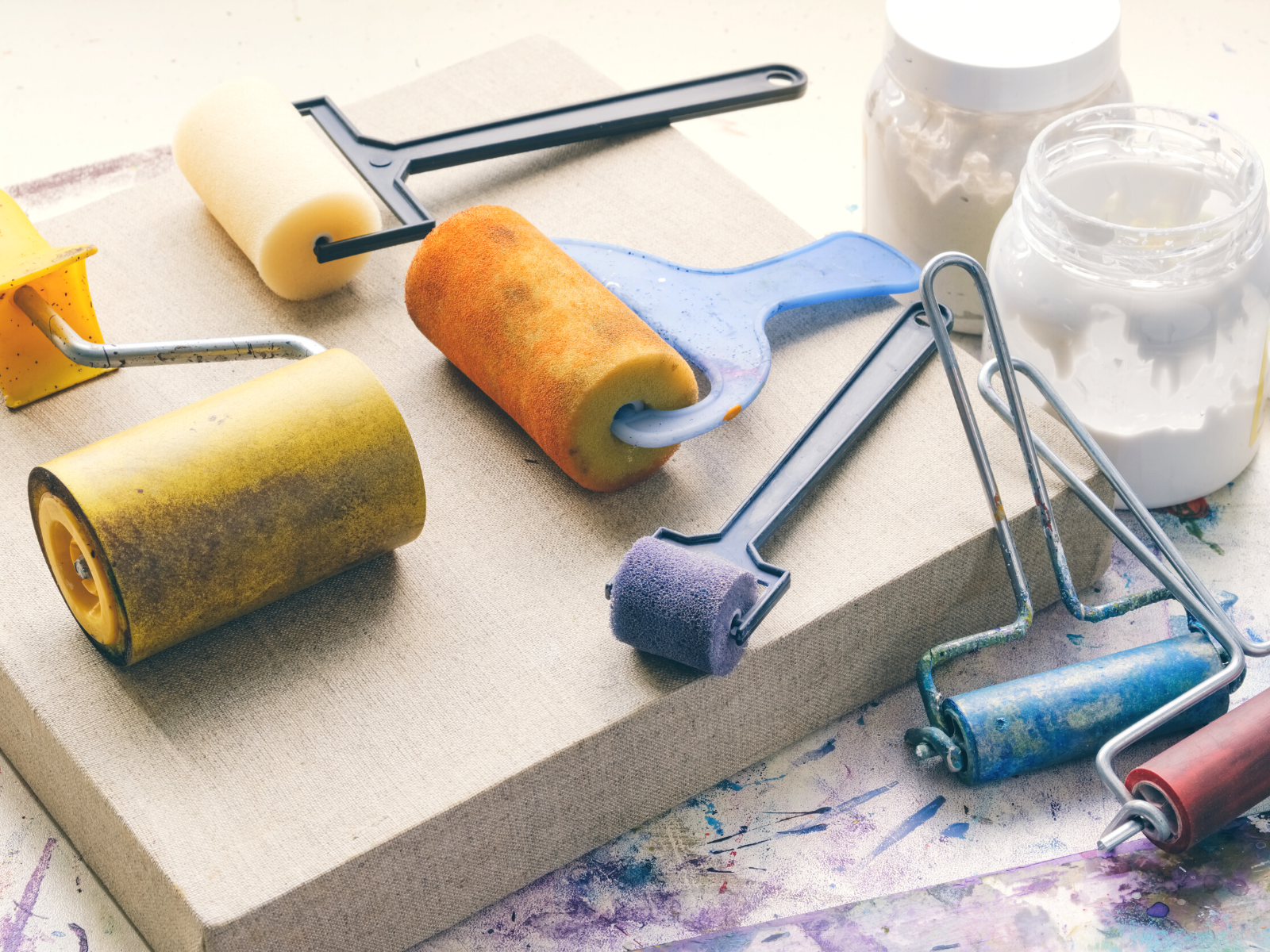


Carving Techniques
When it comes to the act of carving, how are woodcut and linocut similar?
Both require the artist to think in reverse, as the carved design will be mirrored in the final print.
Artists must also consider the textures and patterns they wish to create, as these will be defined by the carved lines and the quality of the material.
Woodcut printing can offer the unique character of wood grain, which can be incorporated into the design, while linocut provides a smoother surface that may be preferable for finer details.
The Precision of Wood Engravings and End Grain Wood
Wood engravings offer a level of precision and fine details that distinguish them from other relief printing techniques.
Unlike woodcut prints, which are typically carved from the plank side of a wood block, wood engravings are crafted on the end grain of a harder wood.
This allows for finer lines and a more delicate touch, which is why wood engravings are often associated with intricate illustrations and detailed artwork.
German artists, in particular, have been known to master this form of printmaking, creating works that showcase the potential of wood as a medium for high-quality, detailed images.
The choice of wood is crucial in wood engraving, as the end grain wood provides a smooth, dense surface that can hold fine lines without splintering.
This characteristic is essential for artists who wish to incorporate a high level of detail into their work.
Tools used for wood engraving, such as burins and gravers, are specifically designed to handle the hardness of the end grain, allowing the artist to carve with precision.
The resulting prints are often characterized by their sharpness and clarity, making wood engraving a preferred technique for illustrations that require meticulous attention to detail.

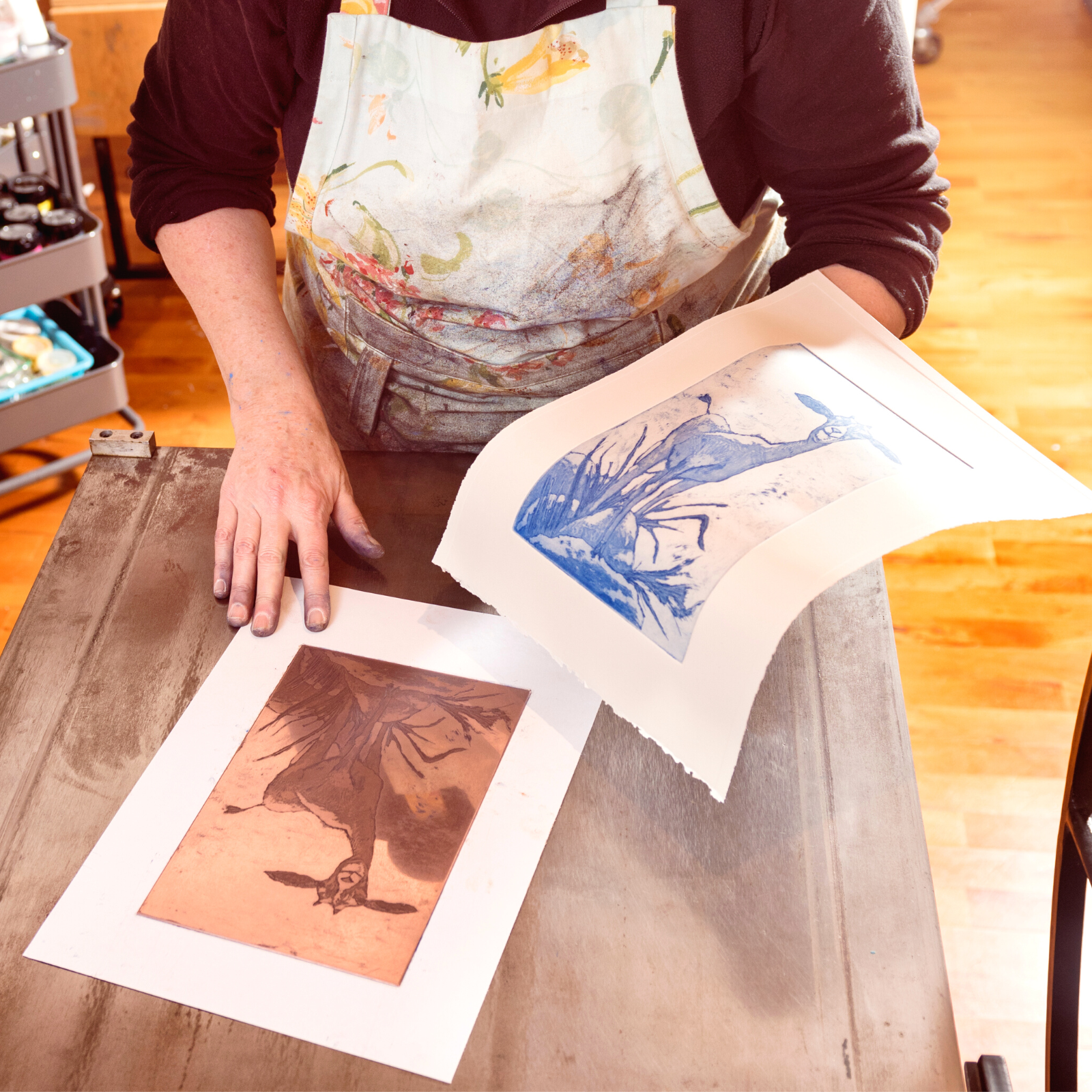

The Vibrancy of Color in Linocut and Woodcut
The application of color in linocut and woodcut prints can transform a simple block printing project into a vibrant work of art.
While traditional woodblock prints may have been limited to a single color, modern techniques allow for the incorporation of multiple colors, adding depth and complexity to the image.
Linocut printing, in particular, lends itself well to the use of bold, flat colors due to the softer nature of linoleum compared to wood.
This can result in striking contrasts and a contemporary aesthetic that appeals to a wide audience.
To achieve multicolored prints, artists often use a reduction method or employ multiple blocks, each carved for a specific color.
The reduction method involves carving away parts of a single linocut or woodcut block and printing sequentially with different colors.
This technique requires careful planning and execution, as the block is permanently altered with each color application.
Alternatively, using separate blocks for each color allows for more flexibility and the ability to produce editions with varying color schemes.
Regardless of the method, the interplay of color in linocut and woodcut prints adds a dynamic element that captures the viewer's attention and enhances the overall impact of the printed image.
Inking and Printing
The inking process is another area where woodcut and linocut share common ground.
Both techniques use a roller to apply ink to the raised areas of the carved block.
The choice of inks can vary, with options ranging from oil-based to water-based, each providing a different quality to the final print.
The inked block is then placed face-up, and a sheet of paper is laid on top.
Pressure is applied, either through a printing press or by hand, to transfer the inked design onto the paper.


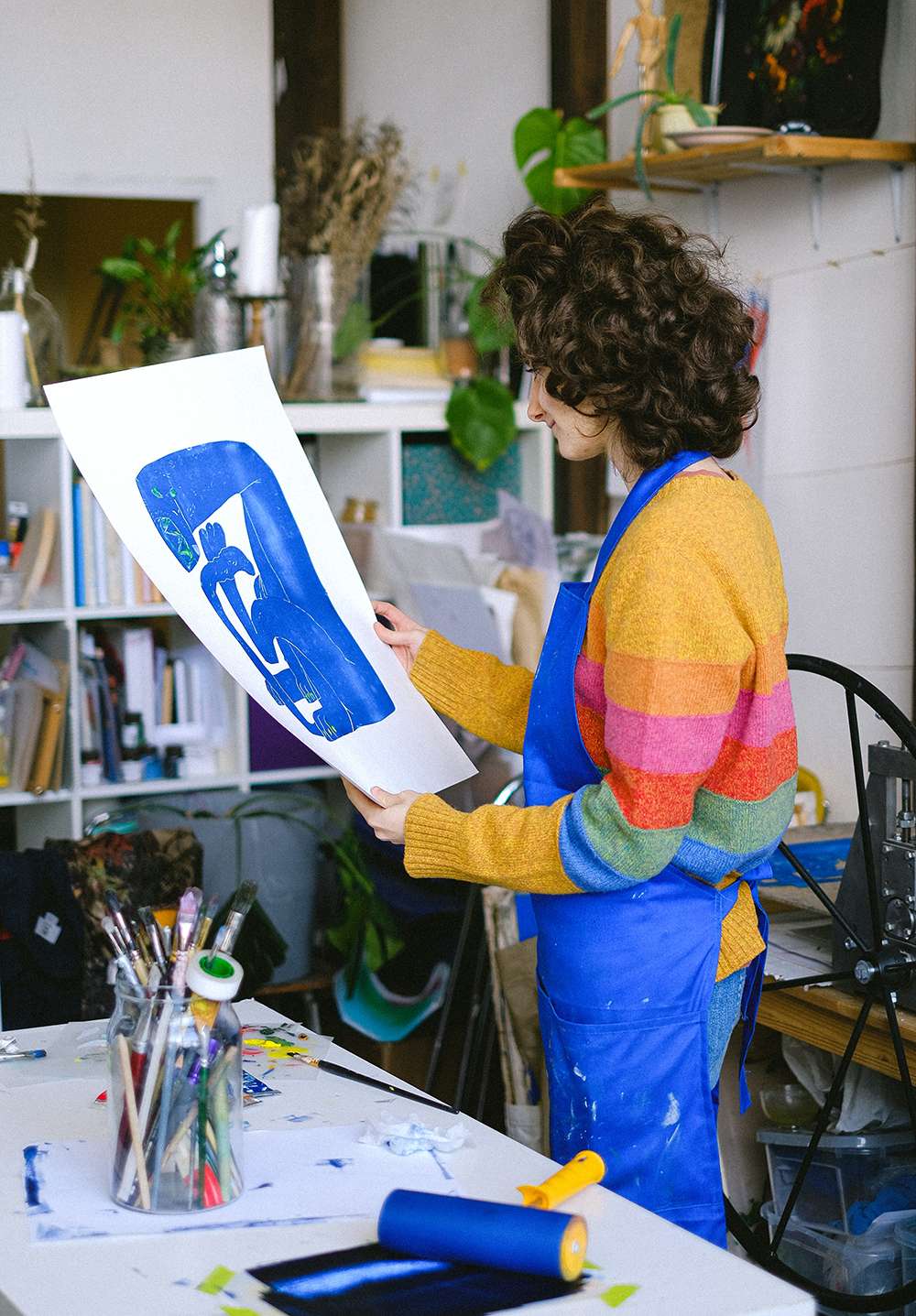
Artistic Expression and Personal Preference
Many artists are drawn to woodcut and linocut for the expressive qualities these mediums offer.
The choice between woodcut and linocut often comes down to personal preference and the desired outcome of the artwork.
Woodcuts can require more effort due to the hardness of the wood, but they can also hold finer details and offer the unique texture of the wood grain.
Linocuts, being easier to carve, allow for a quicker process and can be ideal for artists who wish to work with larger designs or different colors.
Historical Context and Evolution
Both woodcut and linocut have rich histories in the art world.
Woodcut printing has been around since ancient times and was particularly popularized by German artists during the Renaissance.
Linocut, invented in the 20th century, quickly became a favorite among artists for its versatility and ease of use.
Throughout history, these techniques have been used for a range of purposes, from fine art to commercial reproductions.
Today, they continue to evolve and inspire artists of all levels, showcasing the enduring appeal of relief printing methods.
A Dynamic Duo
Woodcut and linocut are two time-honored printmaking techniques that share a fundamental process of relief printing.
Despite the differences in materials and the nuances each medium presents, they both involve carving a mirrored image into a block, inking the raised areas, and pressing onto paper to create a print.
Artists' preference for woodcut or linocut often hinges on the desired textural qualities and the level of detail they wish to achieve.
Both forms continue to be celebrated for their unique contributions to the art of printmaking.
Whether you're drawn to the bold lines of woodcut or the vibrant colors of linocut, both techniques offer endless possibilities for artistic expression.
You can bring your own unique style and perspective to these ancient techniques and create prints that are truly one-of-a-kind.
So, why not grab your tools and get carving?
Explore the world of woodcut and linocut today and discover all the beauty, creativity, and satisfaction they have to offer!
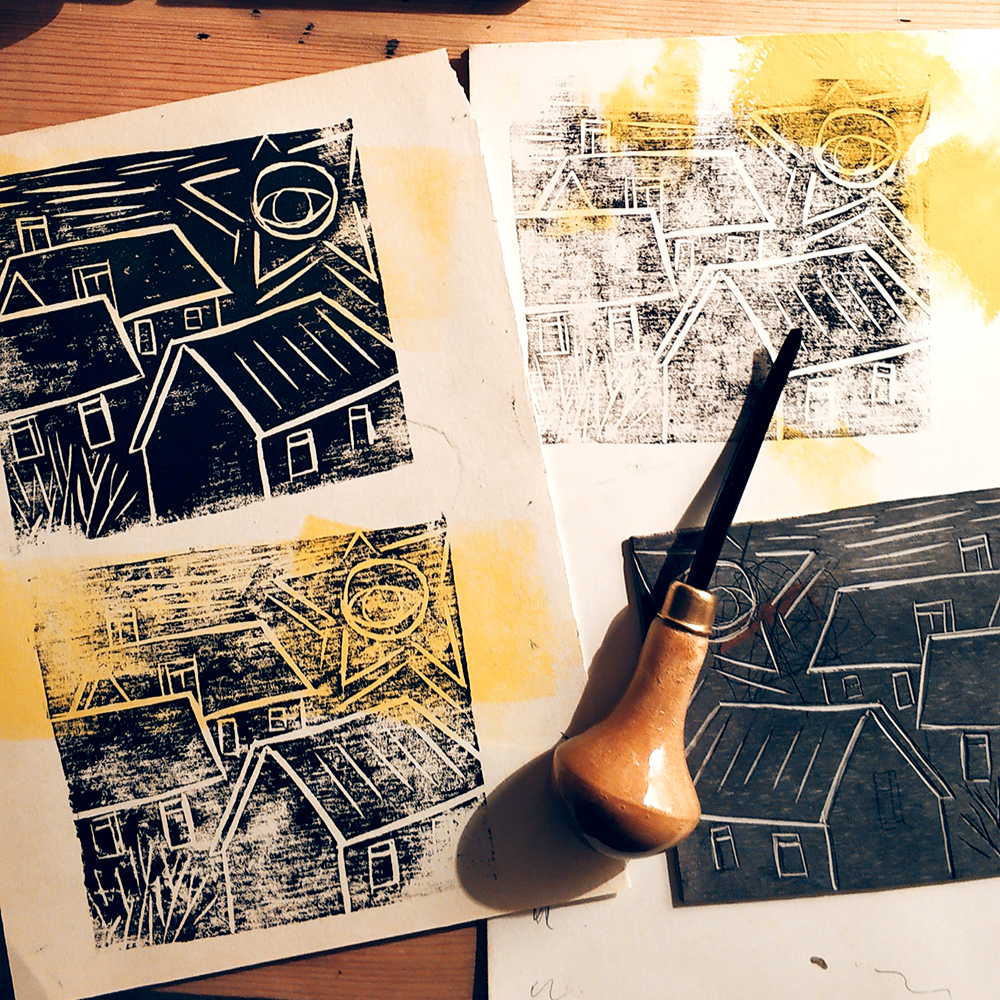


Interested in learning more about creating your own prints? Check out Jeff Calkins' video!
Want even more content about creativity and art?
Be sure to check out all of our creative chronicles!
Eager to get creative with printmaking?
Check out some of our other articles:
-What are the basic steps in printmaking?
-What are the 4 main types of printmaking?
-What is the hardest printmaking technique?

